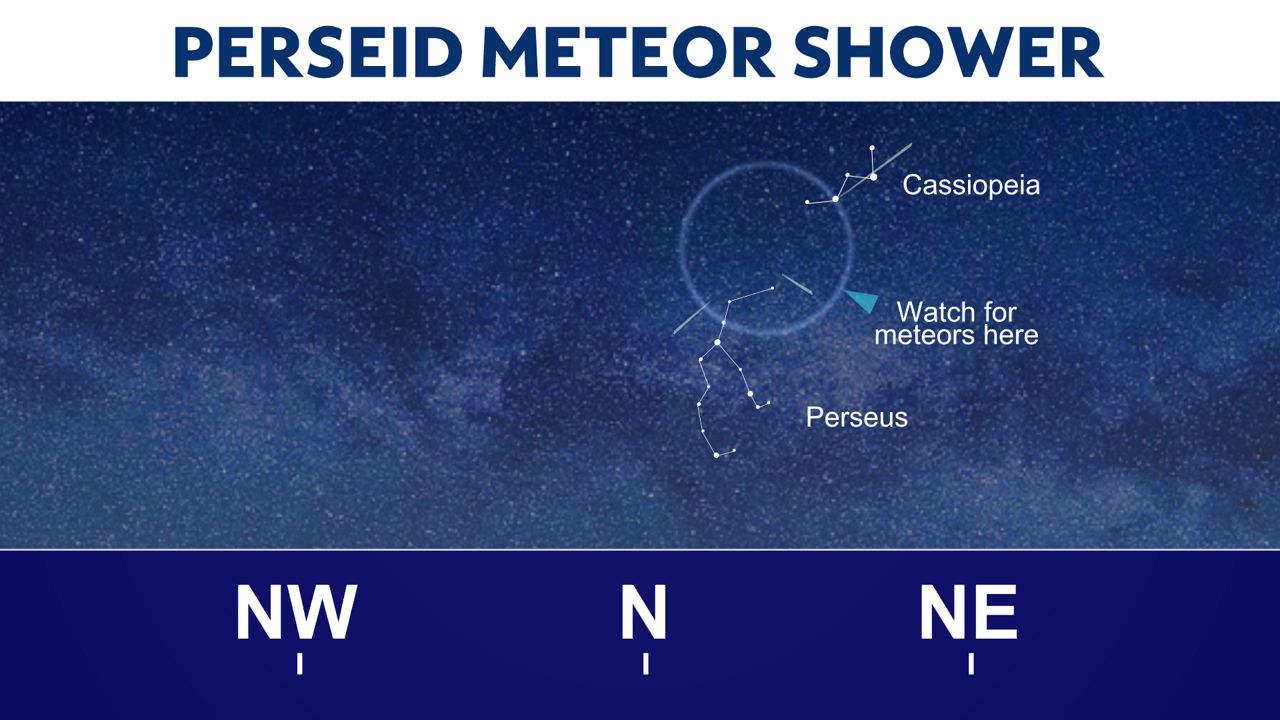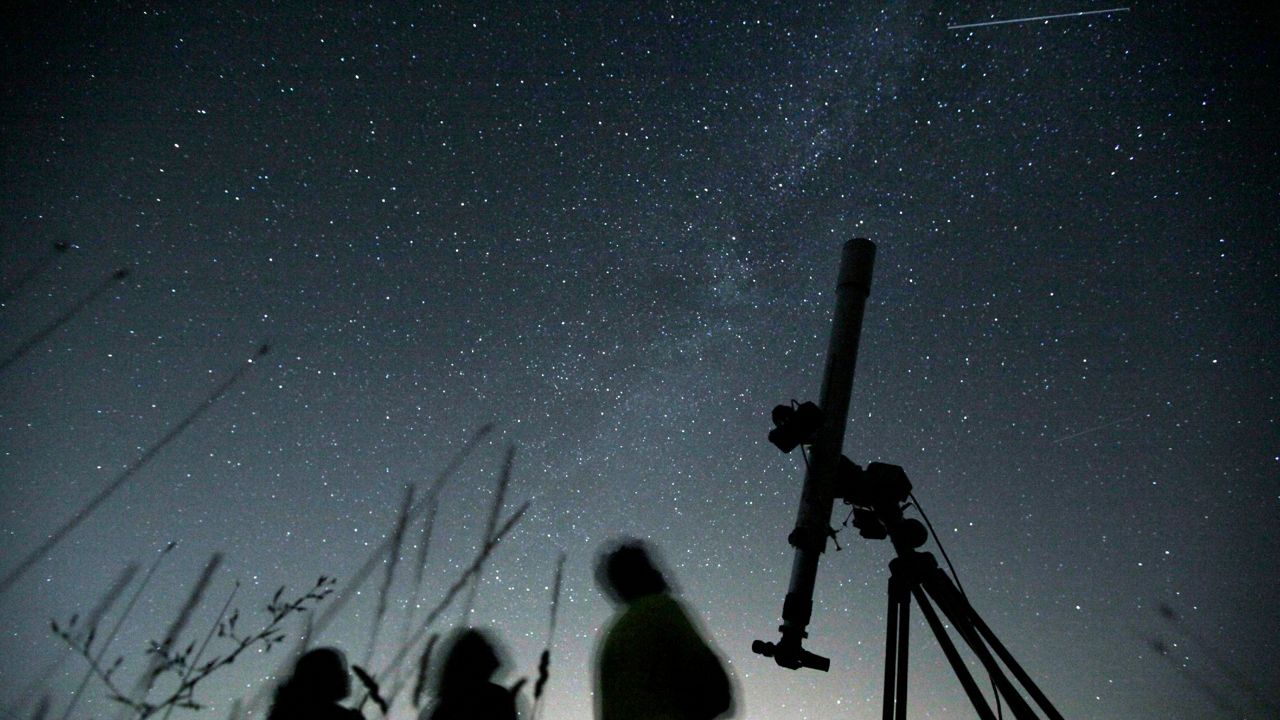One of the best meteor showers of the year, the Perseid, is almost here! The peak of this year’s event will be around Aug. 13.
If you love the night sky like me, plan to watch the Perseid meteor shower. The peak of this year’s shower will be around Aug. 13, but it’s already active and will continue through Sept. 1.
Weather, city lights and moonlight can all affect your view, so here’s what we know and some helpful tips for a successful night.
This year’s event will peak around the night of Aug. 13. The perfect viewing conditions would feature a new moon, but that won’t occur until after the peak on Aug. 16.
The night sky on Aug. 13 will be illuminated by a waning crescent. The positive? This thin crescent moon won’t be dazzling, and could also be enjoyable as you scan the sky for meteors.
The Perseids are known for being colorful, leaving persistent trains and fireballs, which are larger explosions of light and color that linger longer than an average meteor.
Beyond catching your eye, there's also a chance to see several at a time or during one hour.
According to NASA, viewers frequently report around 100 meteors per hour, or more!
In my opinion, that's what makes this shower the best of the year. One of my favorite memories is from this very meteor shower during a summer camp before I started college.
I stumbled upon a group laying on sleeping bags on a sidewalk and decided to join. After laying down, it didn't take long to see a handful of vivid meteors streak across the summer night sky.
The Perseid meteor shower radiant will rise around 11 p.m. local time, and are best viewed from midnight to sunrise.
If you want to maximize your viewing time, the greatest number of meteors will be visible after the radiant rises, but keep in mind that you could see a shooting star anywhere, but they seem to trail from the radiant point.
What's the radiant point? Well, this meteor shower is named after the constellation Perseus the Hero, and if you trace the meteors backwards, they usually come from the constellation Perseus.

Here are some viewing tips:
- Look up and to the north
- Plan for the weather
- Bring a blanket or lawn chair
- Find a dark and wide-open sky
- Allow your eyes to adjust (it could take 20-30 minutes)
- Watch for an hour or more
- Sierra La Rana Development - Alpine
- Big Bend National Park
- City of Dripping Springs
- Copper Breaks State Park
- Enchanted Rock State Natural Area
- Lost Creek Development
- City of Horseshoe Bay
- U Bar U Camp & Retreat Center
- South Llano River State Park
- Riverhills Neighborhood - Westlake
- Big Bend Ranch State Park
- Wimberley Valley
- Devils River State Natural Area
- Lakewood Village
- City of Fredericksburg
- Milton Reimers Ranch Park
- Lyndon B. Johnson National Historical Park
- Black Gap Wildlife Management Area
- Greater Big Bend International Dark Sky Reserve
- City of Blanco
- City of Bee Cave
Our team of meteorologists dives deep into the science of weather and breaks down timely weather data and information. To view more weather and climate stories, check out our weather blogs section.



